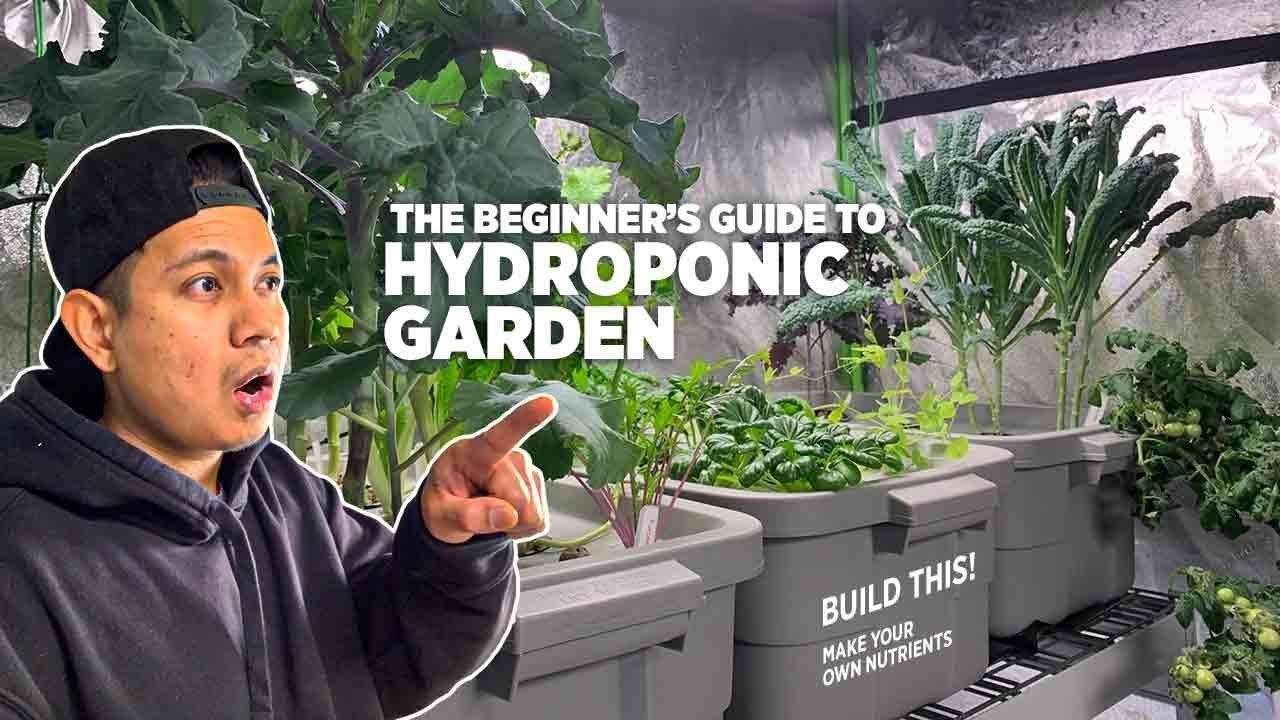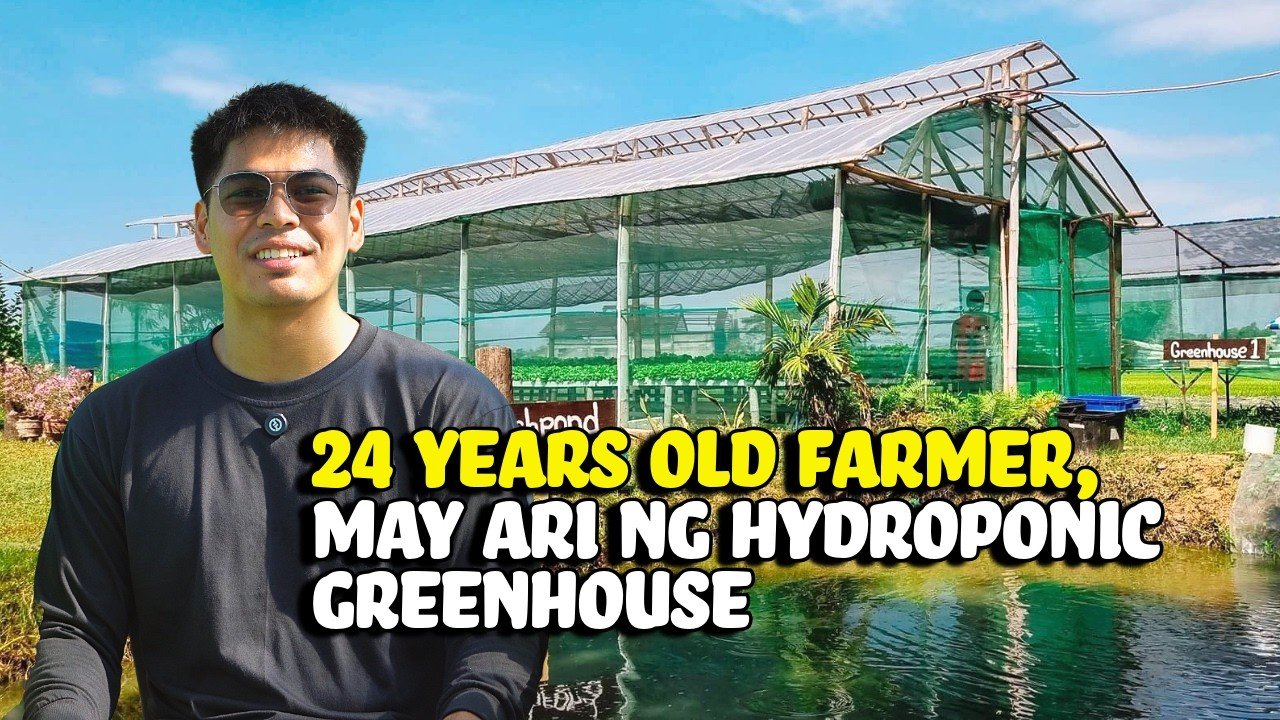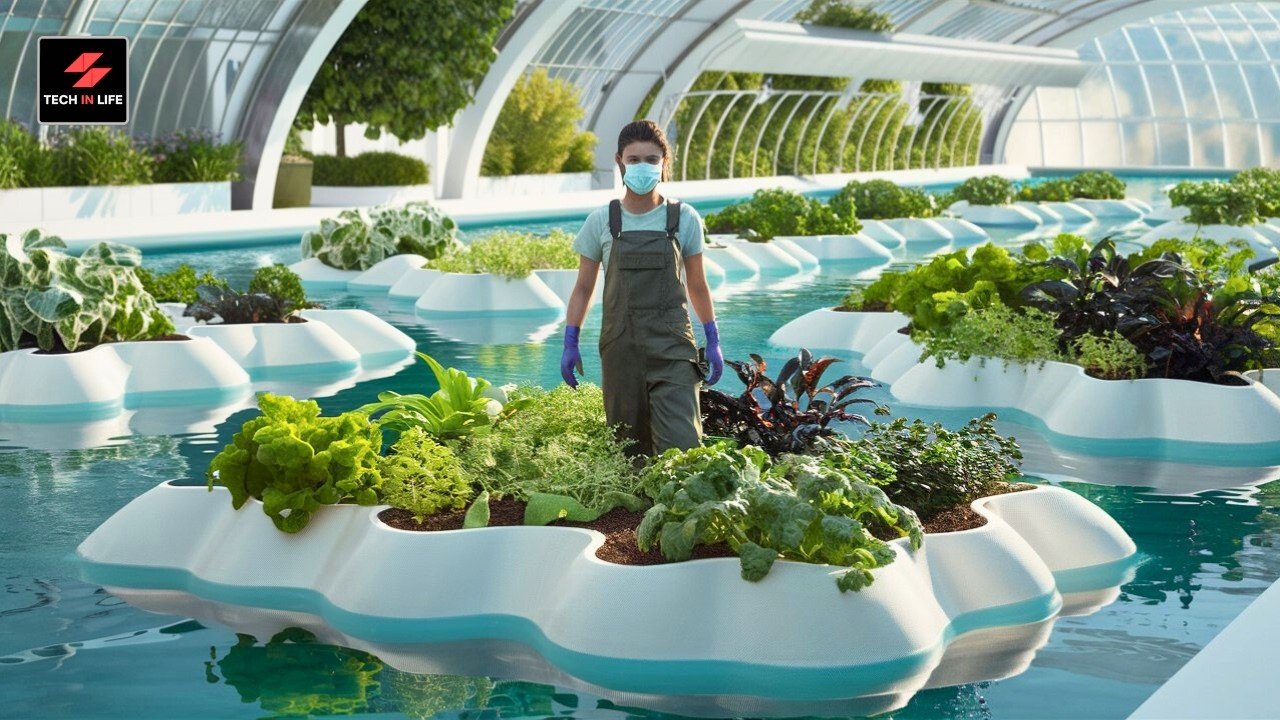The Wet and Wild Adventures of Backyard Hydroponics
If you’ve ever enjoyed a hot cup of coffee in your small-town kitchen, you’d know there’s something magical about sitting there, listening to the sounds of a soft, sleepy morning while pondering how to grow your own food. And that’s exactly how the whole hydroponics idea bloomed for me. A coffee-fueled epiphany, if you will. Just a regular guy in a small town, fueled by curiosity, bad luck, and a pinch of stubbornness.
I started down the rabbit hole that is the world of hydroponics a couple of summers back. I stumbled across an article about growing lettuce in a hydroponic system. For some reason, my brain couldn’t let that idea go. It stuck to me like toothpaste to a bathroom sink. I imagined bright green leaves sprouting in a neat little setup, all while I sipped my homemade iced tea, basking in the knowledge that I was cultivating my very own salad bar.
Finding My Tools and Fish
I decided to go big or go home. Naturally, I raided the garage for everything I might need—not that I had any of the nice PVC pipes or fancy pumps they talk about in those tutorials. No, sir—this was a true backwoods hydroponics adventure! I rummaged through old boxes, found some leftover pieces of PVC from my son’s DIY skateboard ramp, and fished out a rusty old aquarium pump from the depths of the shed. The pump had probably seen better days, but I figured it was better than nothing.
Next came the fish dilemma. The local pet store was a goldmine, and after some serious debate, I settled on tilapia. They seemed tough enough for a rookie like me and had that "growing fish and veggies" duo that I thought made me a full-fledged farmer. If only I’d peeked a bit deeper into the internet; maybe I’d have learned tilapia needed warm water. Spoiler alert: my backyard doesn’t heat water.
A Rocky Start with Dead Fish
True to form, things didn’t go according to plan. I set everything up, feeling pretty proud of myself. I had the PVC structure all set, water pumped in, and—oh, sweet lord—the smell! That water didn’t smell quite right, more like some funky swamp than the pristine eco-system I’d envisioned. Alas, I forged ahead, thinking maybe it was just part of the “experiment.”
The tilapia, bless their finned hearts, didn’t seem too bothered at first. But about a week later, I awoke to find one of my fish floating. It was a sad tragedy—my very first fish, gone. I almost turned off the whole operation after that, staring at the water that had started to turn a putrid green. But then I remembered the taste of fresh, crunchy lettuce.
So, I rolled up my sleeves and started checking my water conditions, using a little kit I’d picked up at the local store. My pH was a mess; the fish tank was practically a science experiment gone wrong. The thought of having to make periodic water changes was exhausting, and the green, smelly water seemed like a bigger issue than I could handle.
A Bit of Serendipity
But in the midst of all this chaos, something unexpected happened. A friend stopped by for coffee, and while I was whining about my fishy misfortune, he chuckled and admitted he had a good chunk of hydroponic experience under his belt from college. What a serendipitous moment! He gave me some tips—like how to balance the nutrients better and keep the water clean—and I immediately felt this glimmer of hope. I wasn’t joining a race; I was embarking on a journey.
Remembering that I had a bunch of empty 5-gallon buckets tucked away in a corner of the garage, I decided to use those for my lettuce. It was one of those wild thoughts that raced through me when I was half-awake one morning. I drew a sketch of how it would work and got started, improvising as I went along.
The Resilient Lettuce
After a few weeks of coddling my new crop, I finally saw the fruits of my ridiculous labor. Those little seedlings began to stretch and reach for the light, and I couldn’t help but feel like a proud parent. I imagined tossing fresh lettuce into my salads or serving it to friends at the next BBQ. It was all coming together, even if it had one or two hiccups along the way.
Sure, the fish were more challenging than I anticipated—Hello, water chemistry! Who knew I’d need a degree in aquatic biology to avoid another floating casualty? But the lettuce? That was my silver lining. I learned patience in watching it grow, although there were days I thought I’d never get a decent crop.
Every time I glanced at those green leaves bobbing in their buckets, I couldn’t help but smile. It may not have all been perfect—I lost a few tilapia along the way, and the setup was far from Instagram-worthy—but it felt like home. It was personal.
The Real Takeaway
So, what did I learn from my backyard hydroponic journey? It’s simple: Don’t get caught up in making it picture-perfect. Things will go wrong—fish will die, water will smell, and it’ll probably turn green at least once. But if you’re thinking about doing this, just start. Embrace the mess, the frustrations, and the triumphs. You’ll figure it out along the way, just like I did with my fish and my lettuce.
So, if you’re still pondering that leap or feeling overwhelmed, grab your old tools and a can-do spirit. Dive in, and who knows? You might just grow something beautiful in the chaos.
Join our next session to dive deeper into backyard hydroponics! Reserve your seat here.







Leave a Reply